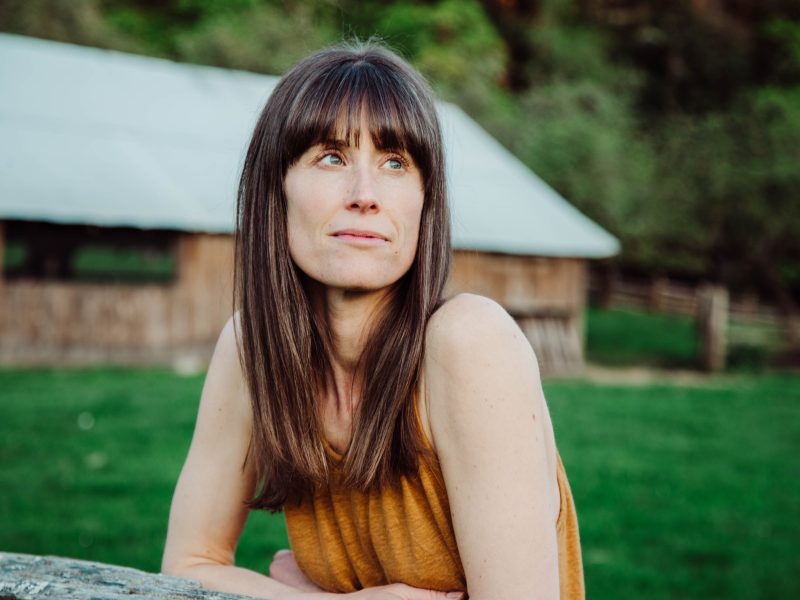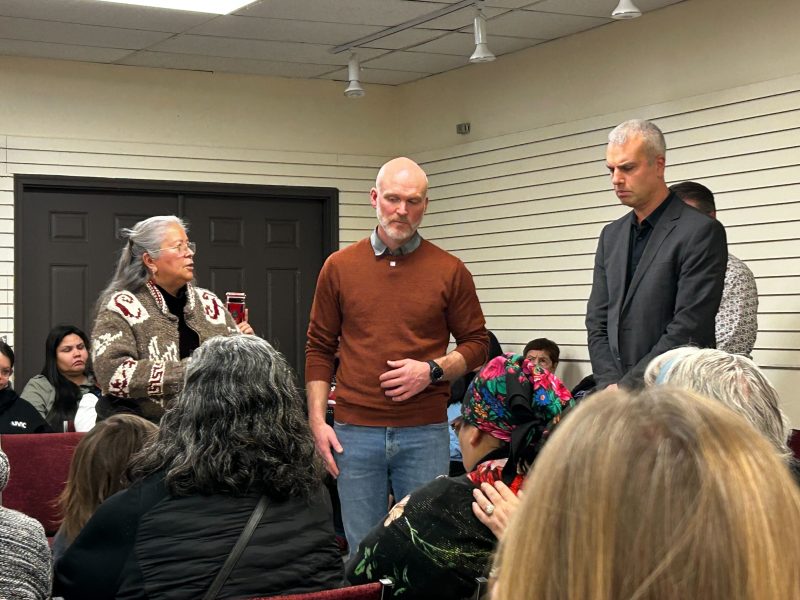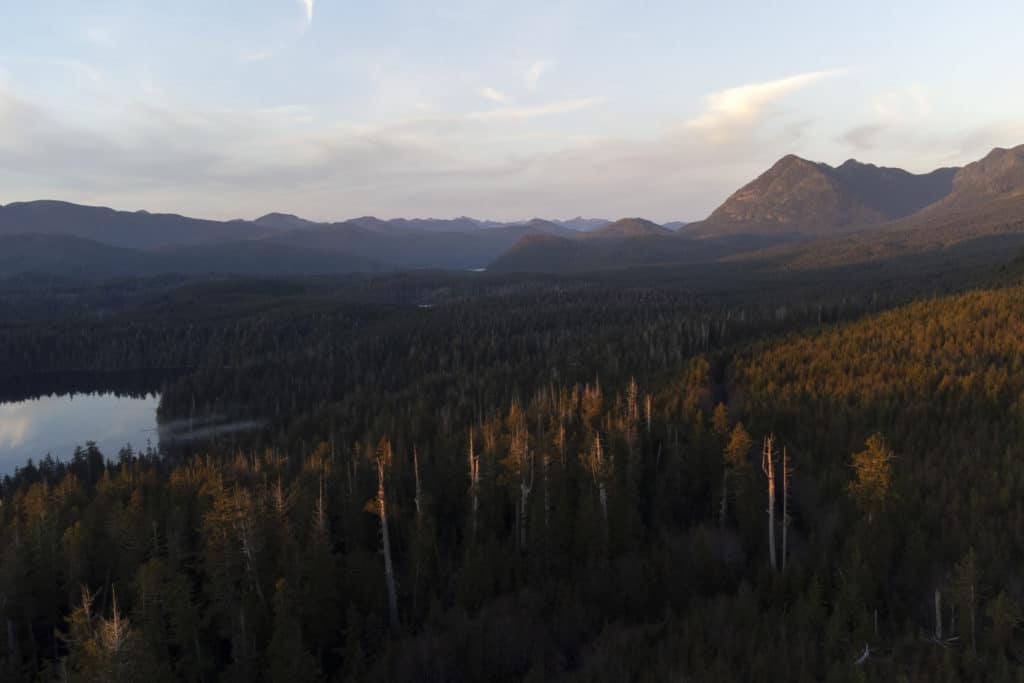
In early February, The Discourse reporter and photographer Philip McLachlan went on a weekend trip to Carmanah Walbran Provincial Park and neighbouring parts of Pacific Rim National Park Reserve. His goal was to do some exploring in the forest and find the Cheewhat Giant, an ancient western redcedar protected under the National Parks Act and known as Canada’s largest tree.
The section of Pacific Rim National Park Reserve he was in is on the territory of Ditidaht First Nation and his excursions in Carmanah Walbran took him through the territory of Pacheedaht First Nation. He found himself weaving around salal bushes that were taller than him all while treading lightly to not disturb the forest’s understory.
“It was amazing. I felt like I was in Avatar,” Philip says, referencing the 2009 James Cameron film.

While walking amongst the preserved ancient trees, Philip’s reporter instincts kicked in. He began taking photos of his trip — for personal use, but also to see if The Discourse’s sister outlet, IndigiNews, might have any interest in them.
Upon his return, he shared some photos from the forest and told us his path to the Cheewhat Giant wasn’t easy. The hike should have taken him about 45 minutes but after some time walking through the forest and the sunlight dimming, Philip says he started to become frustrated. He was tired and hungry and despite being surrounded by such beauty, he was ready to give up.
“I decided to push on because the trail hadn’t ended yet and right around the next corner, less than 50 feet away behind brush taller than my head, was the Giant,” Philip wrote in a message to The Discourse and IndigiNews team when he returned. “I broke down and felt a deep, overpowering sense of embarrassment at being frustrated over such a small thing as hunger in the presence of a tree almost 100 times my age.”
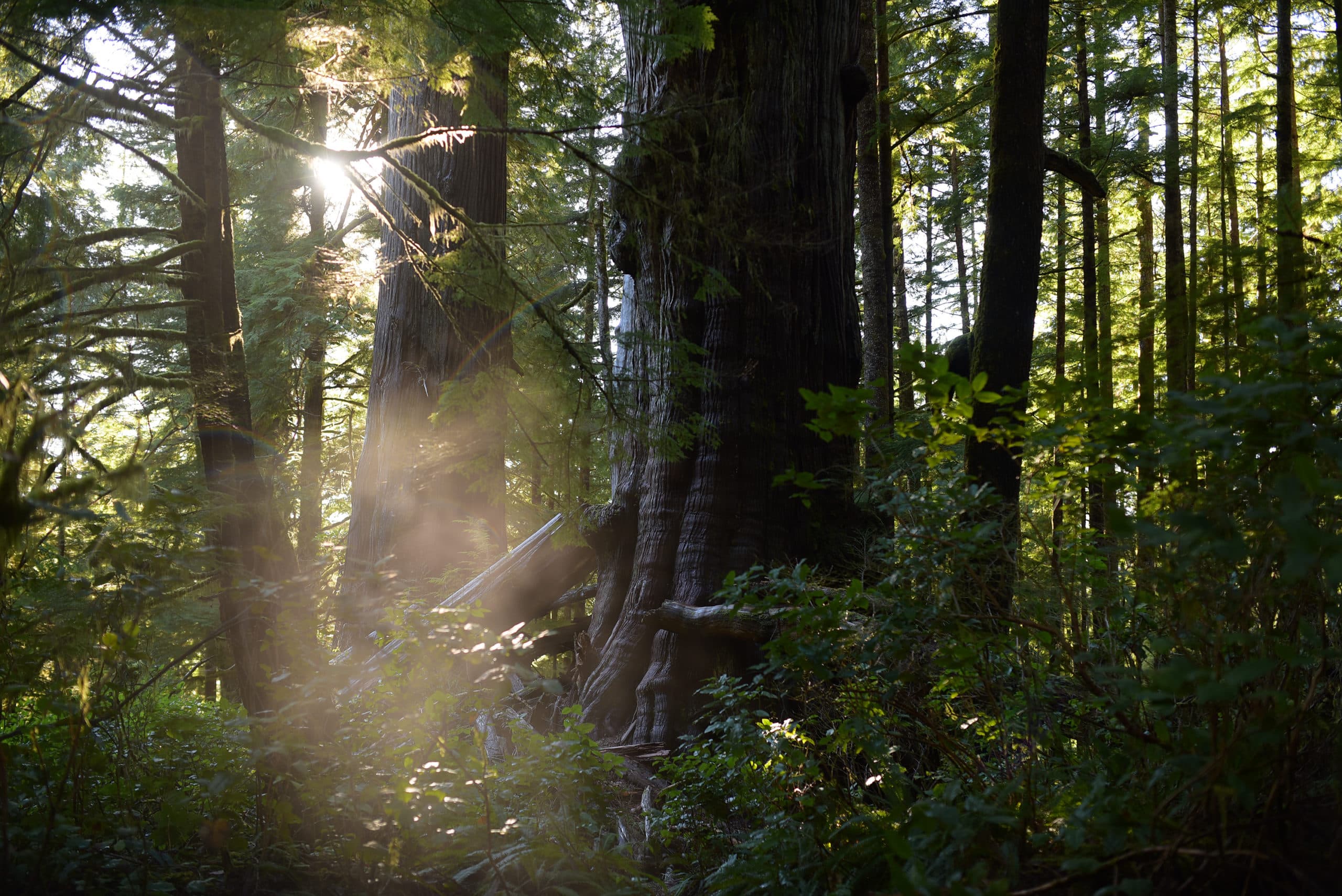
I’d be lying if I said members of our teams weren’t in awe of Philip’s experiences and photos. Not only did he get stunning shots from his camera, but he managed to capture drone footage from a service road outside of the park’s boundaries, too.
That’s when Tessa Vikander, an editor at IndigiNews, suggested sharing images of the tree as a standalone story since they were so inspiring and striking.
But because of park regulations surrounding photography, her suggestion was easier said than done.
What regulations do journalists have to follow?
Philip, along with the rest of the team, was really excited about these images until The Discourse’s managing editor, Jacqueline Ronson, reminded us of regulations when it comes to photographing in parks.
It’s safe to say this reminder took Philip down a rabbit hole. Could he share the drone footage? Could he even take photos in the park as a journalist, rather than for personal use? What rules did the media have to follow? What about commercial photographers?
Philip’s first step to find answers to these questions was to look online. He checked out the Pacific Rim National Park website, which offers guidelines for commercial film and photography as well as travel-oriented media, but none for news media. Commercial filming and photography requires a permit, which can cost thousands of dollars depending on the size of the crew and number of days they’ll be filming or taking photos.
There are also very clear regulations regarding drone use inside national parks. Flying one without park or site approval can lead to a $25,000 fine.
Still wanting clarity on photography regulations for journalists, Philip’s next call was to the Pacific Rim National Park office. The attendant who took his call didn’t have an answer and offered to get back to him with a response. After two weeks, Philip still hadn’t heard anything. He then filed a formal email request and received a lengthy reply two weeks later from Queenie Lai, acting promotions officer for Pacific Rim National Parks Reserve.

“Media organizations are not treated the same way as commercial film and photographers,” her email response says.
But Lai says reporters are asked to abide by Parks Canada filming and photography regulations that help “set visitor expectations and promote responsible behaviour.”
These regulations include remaining in areas open to the public, respecting wildlife and other people, leaving no trace, following local laws and regulations and avoiding showing bad or unsafe behaviour such as cliff jumping, allowing dogs off leash, swimming without proper thermal protection in cold ocean water and more.
Philip says he was relieved to learn that news organizations are treated differently than commercial filmmakers and photographers, especially because the work journalists do is considered to be for the public’s interest.
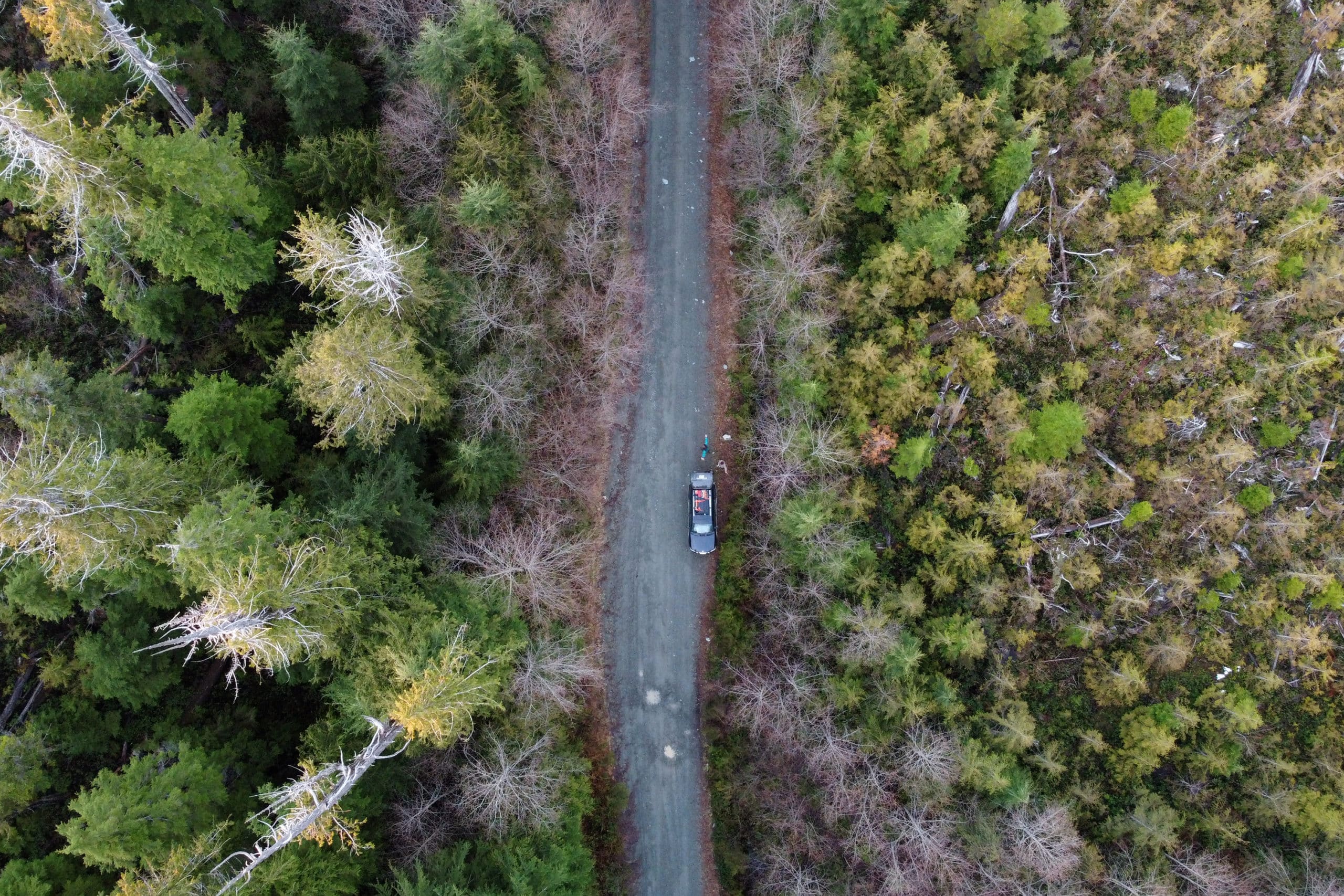
Philip also says he sees the merit in regulations that ensure reporters are being respectful of the land and the people living on and around it. Admittedly, he says he thinks it’s a bit of a stretch to ask reporters to avoid taking photos of things like off-leash dogs or people swimming without wetsuits — especially when covering things like demonstrations or events.
“As journalists, we’re not supposed to control the situations we’re photographing. It’s as-is,” Philip says. “Commercial photographers have way more control.”
What’s worth sharing, and what isn’t
Lai’s email also noted the Cheewhat Giant trail is considered an unsanctioned trail in the park.
“Recent media coverage and increased exposure on social media is greatly increasing visitation to this site which can be incredibly damaging to the ecosystem,” Lai said.
She also said members of the media are encouraged to reach out to First Nations when working on their territory to seek proper permissions and ensure their perspectives are reflected.
It’s these last two points that really gave Philip pause and led to his and the team’s decision to not share specific photos or the location of the Cheewhat Giant itself.
“I would really hate to see an ecosystem like that damaged by a bunch of visitors,” Philip says. “It’s a fine line between what you share and what you don’t. I go to this amazing place and feel like I want to share it with the world but sometimes that’s not the best idea. It’s an interesting conversation to have.”

Philip says making moves to collaborate with First Nations to receive permission and ensure accuracy before publishing a story is important, too. He says it brought up questions about who has the right to profit off the beauty of unceded lands that have been cared for by Indigenous people for generations.
“When you’re reporting on unceded territories, I think it’s important to make those connections and seek those permissions,” Philip says. “It totally makes sense.”
What started off as an opportunityto share this beautiful place with the public turned into a much larger learning journey for Philip, especially as a reporter. His questions about regulations stemmed from nerves that he felt while photographing these trees — something that felt like a modern intrusion in the presence of ancient trees.
But the responses he received guided Philip — and team members at The Discourse and IndigiNews — to have more thoughtful conversations about ethics, conservation, Indigenous rights and more. [end]

